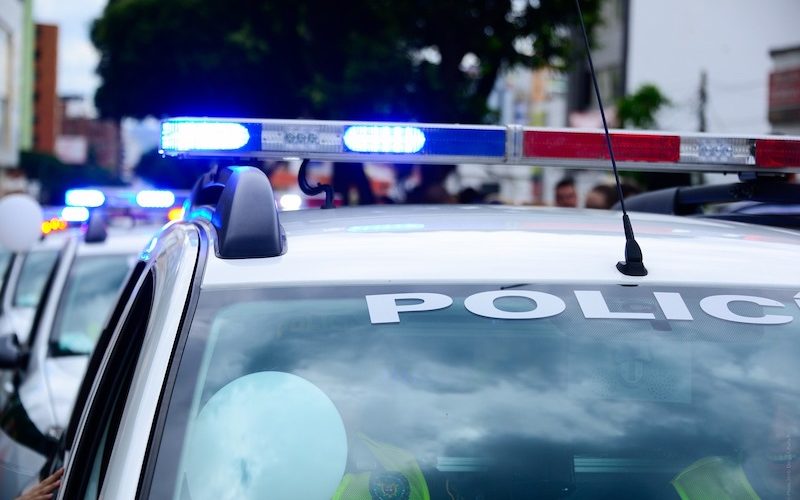
Enforcement of ignition interlock use comes under fire in Queens
Many New York drivers who are convicted of driving while intoxicated are required to have an ignition interlock device installed in their vehicle. Ignition interlocks function by requiring a driver to breathe into a device and preventing the car from being started if the driver’s blood alcohol content is too high. However, according to the New York Daily News, an audit of the Queens District Attorney’s Office revealed that installation of these devices is not being properly enforced.
Apparently, many of the people required to install the devices reported to the DA that they did not have a car. The DA’s office then failed to perform required checks every three months to verify whether that was still true. While oversight for the ignition interlock program is a joint effort between the Probation Department and the DA’s office, it is up to the DA’s office to enforce installation of the device in cases where it is a condition of a person’s case being discharged. It was found that of the drivers required to install an ignition interlock as part of a conditional discharge, only 20.3 percent actually did so since the program began in 2010.
Ignition interlocks became more widely mandated at that time as a result of Leandra’s Law, named after an 11-year old girl who was killed in a drunk driving accident. Under Leandra’s Law, ignition interlocks are required for all New York drivers who are convicted of DWI. According to the New York Department of Motor Vehicles, people who have been convicted of DWI with a BAC of .18 or higher must receive either a conditional discharge or probation, with a condition that an ignition interlock device be installed in their car for a period of 12 months.
